Since I am Russian. I decided to share with you the top Russian dishes. I love to eat.
1 . Beef Stroganoff or Beef Stroganov (Russian: бефстроганов befstróganov) is a Russian dish of sautéed pieces of beef served in a sauce with smetana (sour cream). From its origins in mid-19th-century Russia, it has become popular around the world, with considerable variation from the original recipe.
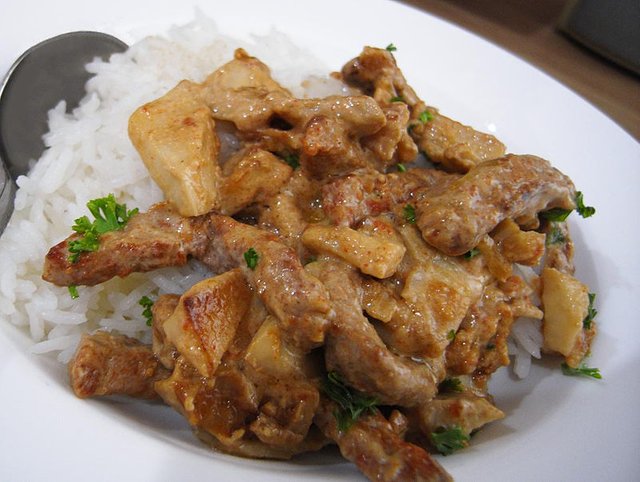
2 . Blini with beef filling. A blini (sometimes spelled bliny) or, rarely, blin is a light, thin pancake, traditionally made from buckwheat flour and served with sour cream, butter, caviar, and other garnishes.[1] It typically lacks a leavening agent.[2]
Some English dictionaries record usage of the forms blin as singular and blini or bliny as plural, which correspond to the originally Russian forms, but some dictionaries consider this usage so rare in English that they do not mention blin at all and only record the widespread modern regular usage of blini for the singular and blinis for the plural, for example the American Heritage,[1] MacMillan,[3] and Vocabulary.com[4] dictionaries. Some cookbooks and restaurants use blin and blintchick as in Russian to refer to crêpes.
Blintzes are a type of blini. They are thin, usually wheat-flour pancakes folded to form a casing (as for cheese or fruit) and then sautéed or baked.[5]

3 . Ossetra caviar, salmon Crème fraîche, potato shallot croquette, basil oil, egg whites and yolks
Caviar (from Persian خاويار: Xāviār ) is a delicacy consisting of salt-cured fish-eggs of the Acipenseridae family. The roe can be "fresh" (non-pasteurized) or pasteurized, with pasteurization reducing its culinary and economic value.[1]
Traditionally, the term caviar refers only to roe from wild sturgeon in the Caspian and Black Sea[2] (Beluga, Ossetra and Sevruga caviars). Depending on the country, caviar may also be used to describe the roe of other fish such as salmon, steelhead, trout, lumpfish, whitefish,[3] carp,[4] and other species of sturgeon.[5][6]
Caviar is considered a delicacy and is eaten as a garnish or a spread.

4 . A Russian coulibiac filled with cabbage
A coulibiac (from Russian: кулебя́ка, kulebyáka)[1] is a type of Russian pirog usually filled with salmon or sturgeon, rice or buckwheat, hard-boiled eggs, mushrooms, onions, and dill.[2] The pie is baked in a pastry shell, usually of brioche or puff pastry.[3]
The dish was so popular in Russia in the early part of the 20th century that Auguste Escoffier, the famed French chef, brought it to France and included recipes for it in his masterwork, The Complete Guide to the Art of Modern Cookery.[1]
A classic grand coulibiac features several fillings, often a mixture of some white fish and rice for the top and bottom layers with fillets of sturgeon or salmon between.[3] The most unusual ingredient commonly included in the grand version of the dish is vesiga, the spinal marrow of the sturgeon.[4]
Coulibiac is also made with simpler, vegetarian fillings like cabbage or potatoes.[5]
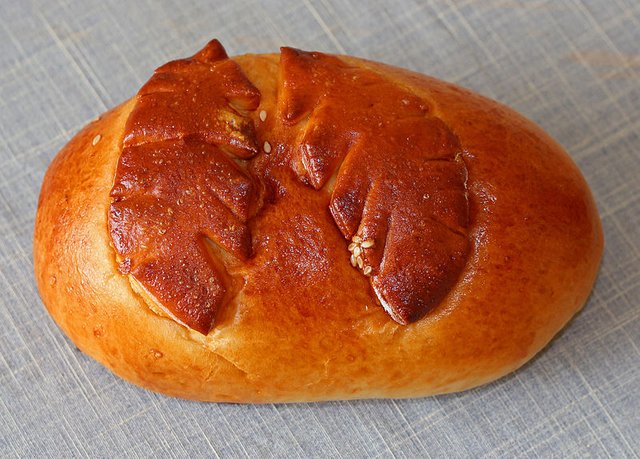
5 . Herring under a fur coat
Dressed herring, colloquially known as herring under a fur coat (Russian: Селёдка под шубой, tr. selyodka pod shuboy) is a layered salad composed of diced pickled herring covered with layers of grated boiled vegetables (potatoes, carrots, beet roots), chopped onions, and mayonnaise. Some variations of this dish include a layer of fresh grated apple[2] while some do not.[3]
Grated boiled beet root covered with mayonnaise as a final layer gives the salad a rich purple color. Dressed herring salad is often decorated with grated boiled eggs (whites, yolks, or both).
Dressed herring salad is popular in Russia,[1] Ukraine (Ukrainian: Оселедець під шубою, translit. oceledets pid shuboyu), Belarus (Belarusian: Селядзец пад футрам) and other countries of the former USSR (Lithuanian: Silkė pataluose, Latvian: Siļķe kažokā).[4] It is one of the traditional dishes served as zakuski at New Year (Novy God) and Christmas celebrations.[5
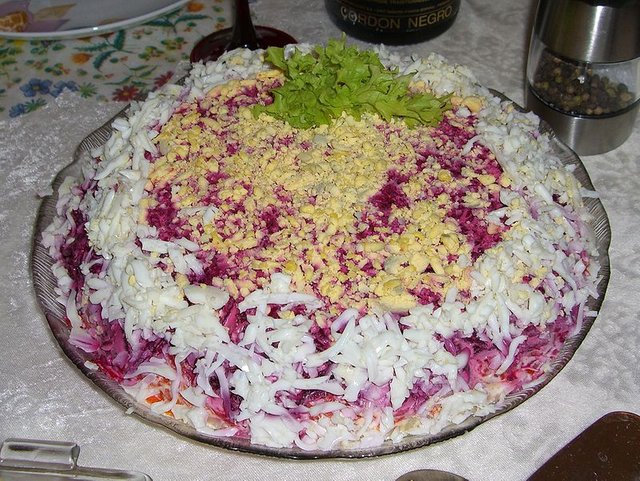
6 . Buckwheat kasha with butter

7 . Red Currant Kissel

8 . Knish from Shimmel, lower east side, Manhattan, NYC
https://upload.wikimedia.org/wikipedia/commons/thumb/3/39/Lower_East_Side_-Schimmel_Knish_2.jpg/800px-Lower_East_Side-_Schimmel_Knish_2.jpg
9 . Kalduny
1 0 . Aspics with grated horseradish root
1 1 . Kulich pies
1 2 . Home-made mint kvas
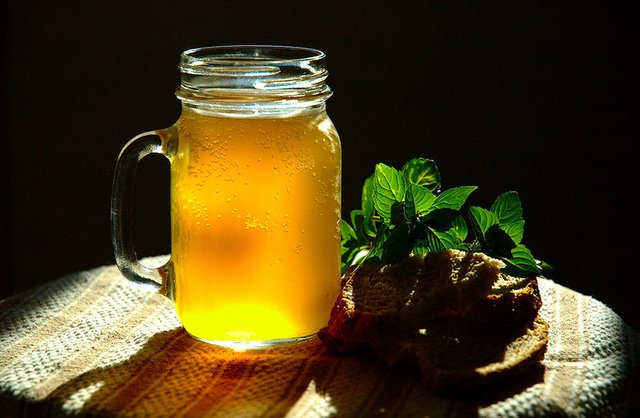
1 3 . Slices of lymonnyk.
1 4 . Medovukha

1 5 . Okroshka cold soup, a favourite dish of Russian cuisine, made on the basis of the beverage kvass, Moscow, Russia
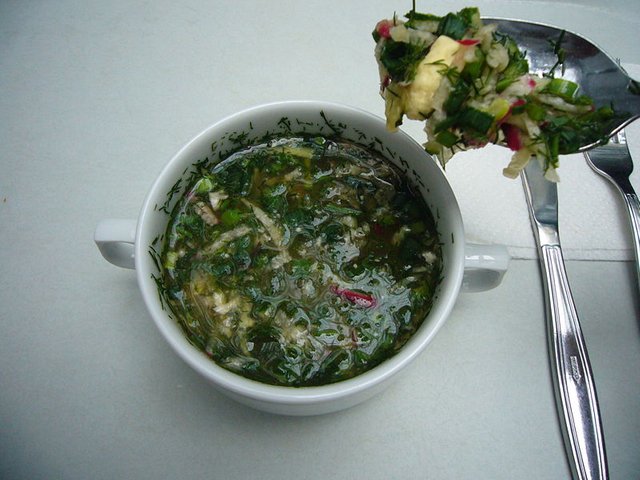
1 6 . Special caviar lunch menu offer, with 10g caviar, blinis and sour cream.

1 7 . Russischer Oliviersalat
1 8 . Two traditional Russian curd paskhas, with kulichs and easter eggs in the background

1 9 . pelmeni

2 0 . fish pie
2 1 . Pirozhki (plural of Pirozhok) are a traditional Russian baked or fried pastry. These are made with meat, rice, onion and mushroom stuffing and yeast dough. They are generally served whole, but one is cut in order to show the stuffing.
2 2 . Pozharsky cutlet

2 3 . Rassolnik
Rassolnik (Russian: рассольник) is a traditional Russian soup made from pickled cucumbers, pearl barley, and pork or beef kidneys.[1] A vegetarian variant of rassolnik also exists, usually made during Lent.[2] The dish is known to have existed as far back as the 15th century, when it was called kalya. Rassolnik became part of the common Soviet cuisine and today it is also popular in Ukraine and Belarus. A similar dish is common in Poland, where it is known as zupa ogórkowa (literally cucumber soup).
The key part of rassolnik is the rassol, a liquid based on the juice of pickled cucumbers with various other seasonings. It is a favourite hangover treatment.[3]
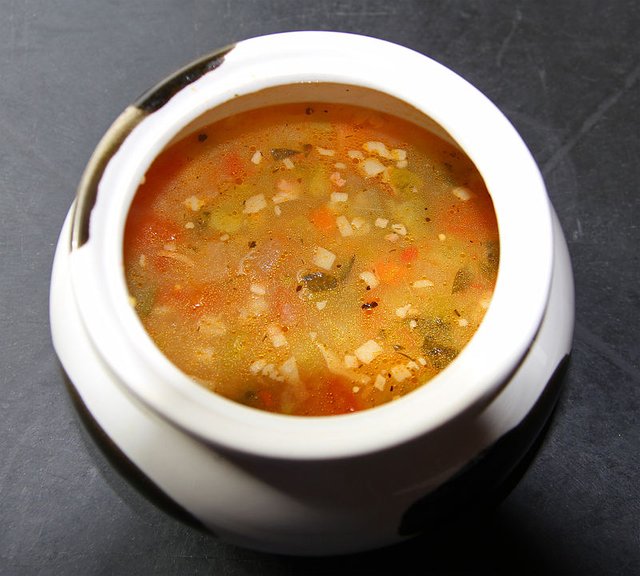

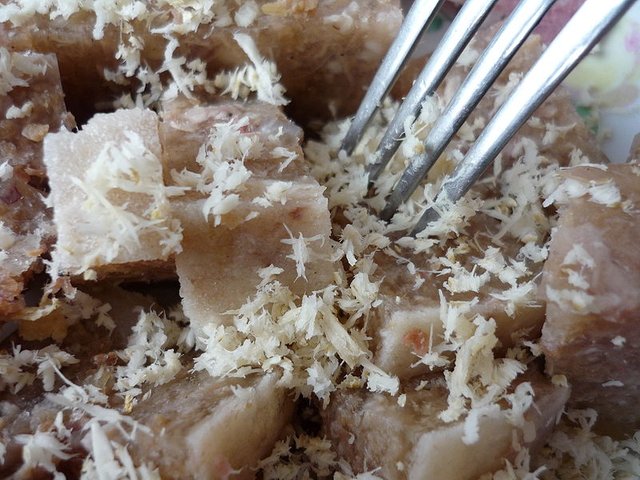

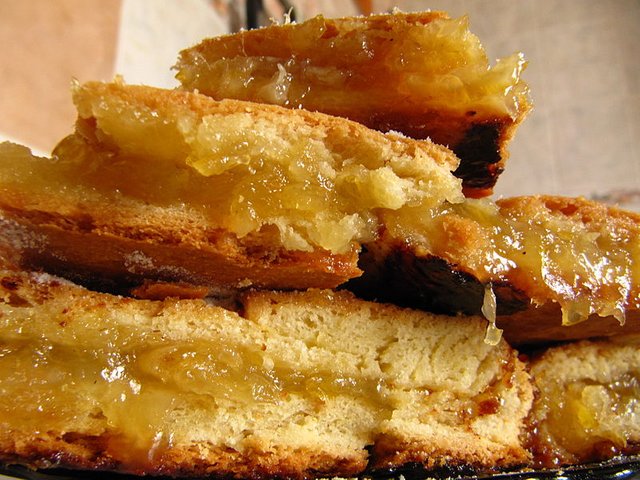
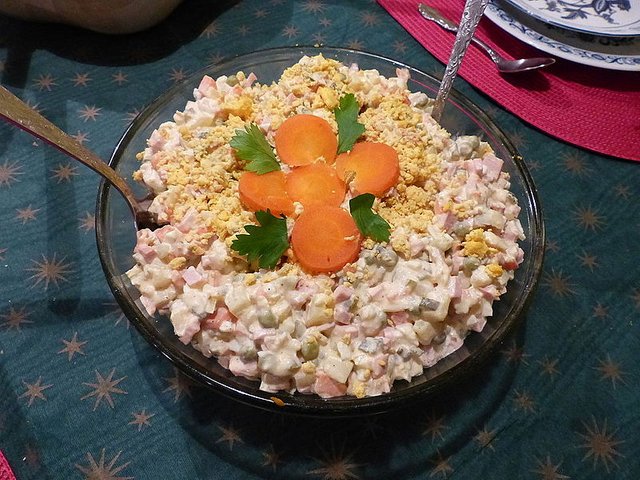
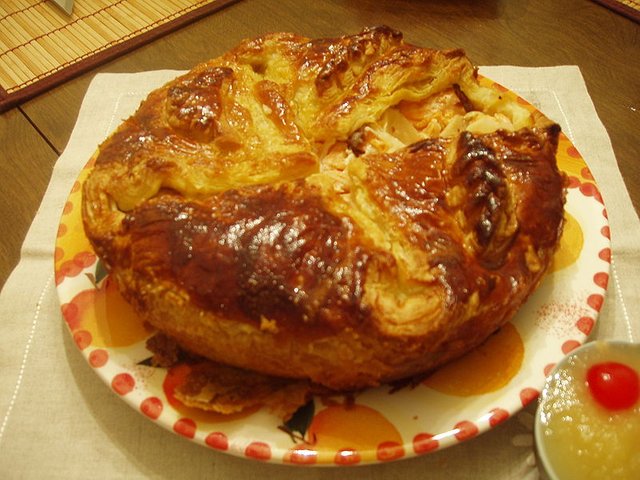

n0mzzz looks good!
Looks delicious, I have tried many of the dishes great flavors although I have never been to Russia.
Aren't you forgetting something? Borsch? What about 100g ?
Yes ... where is Borsch??
Gramma made #21 numerous times...but, had another name for it.
Да хороший обзор русской кухни